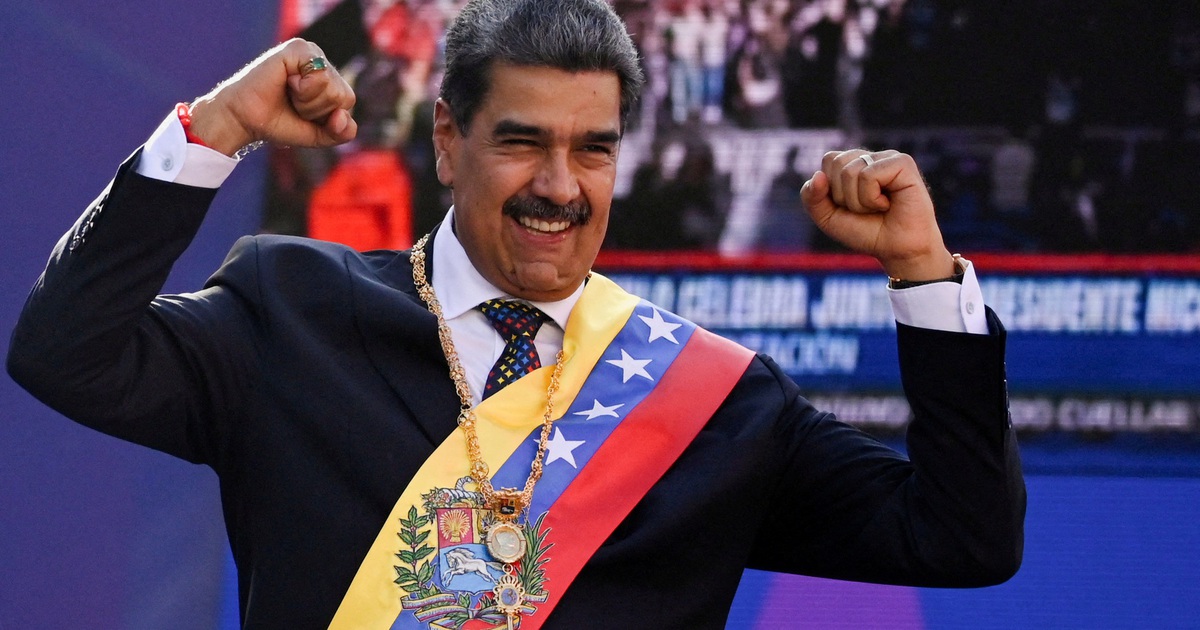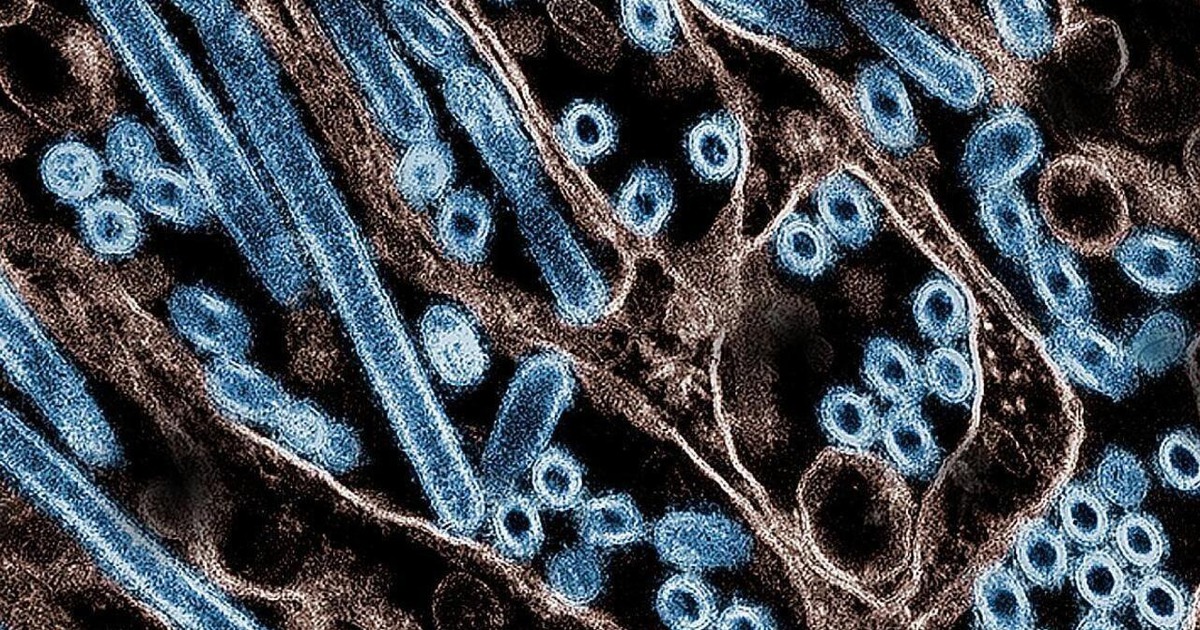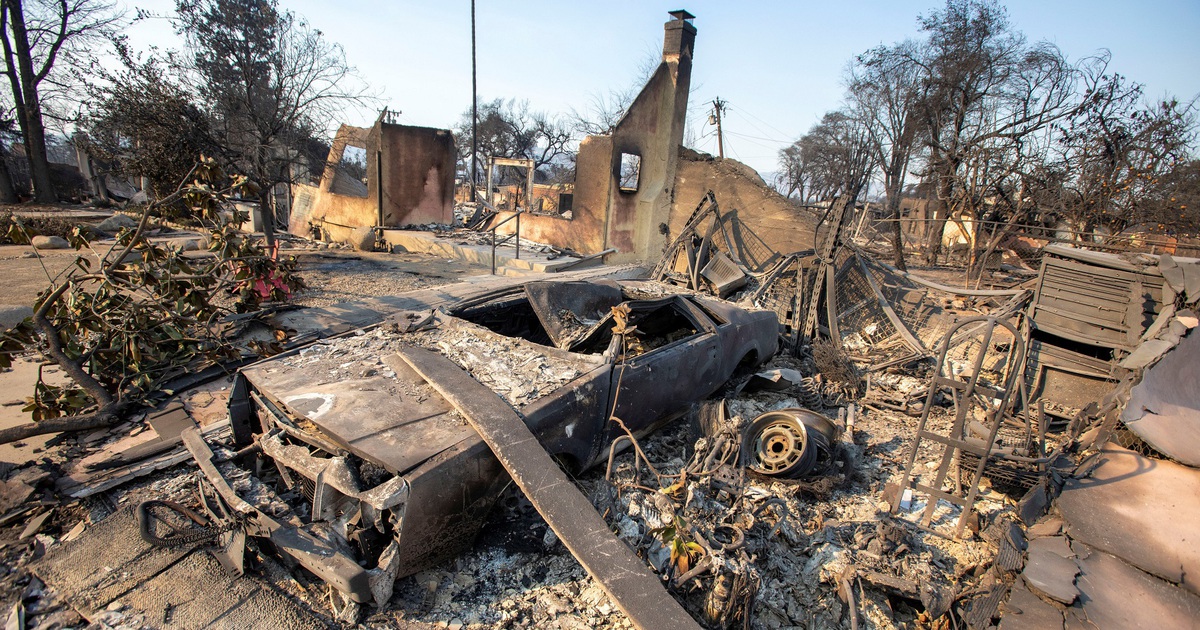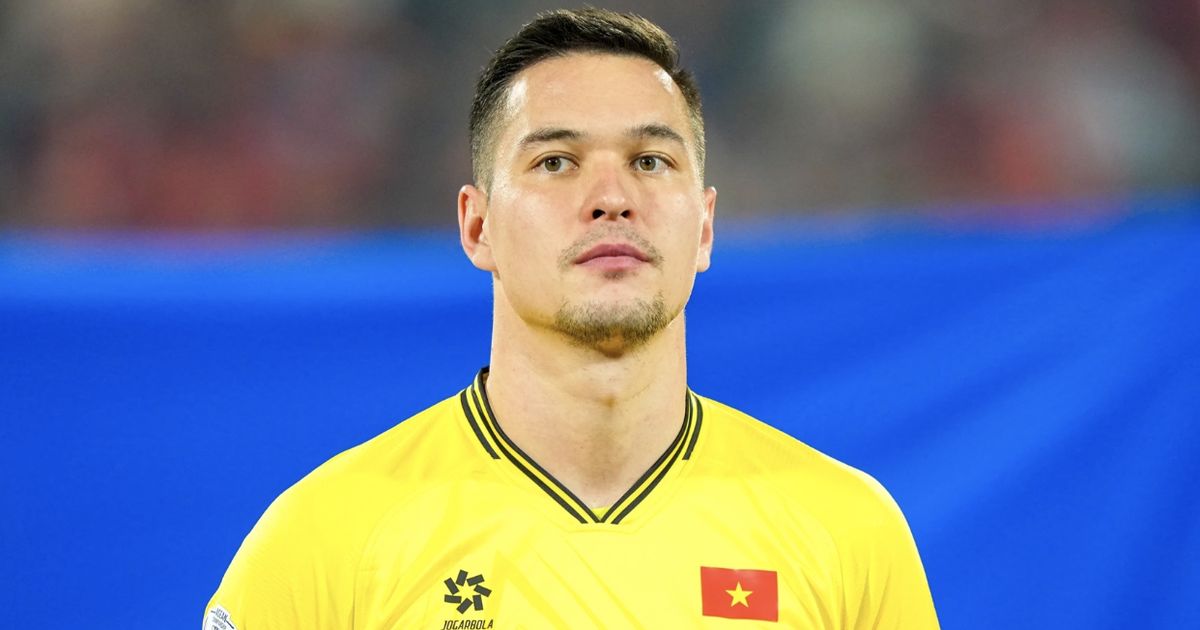The word negotiation is still viewed with some suspicion by Ukrainian citizens. It had been put in a cupboard and the key thrown away during months of resistance and counterattack against Russian aggression. Nor was it on the government’s lips every day. But two and a half years after the start of the large-scale invasion, it is beginning to rear its head, perhaps as the final stage of a process in which President Volodymyr Zelensky has fully immersed himself. The Ukrainian leader wants to step on the accelerator, together with his cabinet, led by Andrii Yermak, and the diplomatic work of his Foreign Minister, Dmitro Kuleba, and cover the following stages marked out in his roadmap prior to the holding, foreseeably before the end of the year, of a second peace summit with possible Russian representation. If this plan succeeds, negotiations would inevitably follow. A difficult puzzle to complete at a complicated moment for the Ukrainian army, which is under great pressure in the Donetsk sector in the east of the country, and a citizenry that may not be on the same page as the executive: according to a survey carried out by the prestigious Razumkov Centre, only 44% of Ukrainians believe that the time has come to negotiate. 61% would not give in on anything that, a prioriRussia demands.
After several international meetings at ministerial or advisory level on security issues (Copenhagen, Jeddah, Malta and Davos), Zelensky’s objective for this year, at least publicly, was to achieve that first peace summit that was held between June 15 and 16 in Bürgenstock (Switzerland). And he achieved it. The statement, with 87 signatures of support at this time, contemplated progress on three of the 10 points of the Ukrainian president’s peace plan (the so-called Zelensky Formula): energy security – including the recovery of control of the Zaporizhia nuclear power plant – food security and, finally, the exchange of prisoners and the return of Ukrainian children held by the Russian authorities.
In Switzerland, the president took a new step and expressed his desire to organize a second meeting this year to move forward with a “fair peace.” kyiv is watching the rise in the polls of the Republican candidate, Donald Trump, and his running mate, ticket,JD Vance opposes maintaining aid to Ukraine.On Monday, Zelensky, at a press conference, set out the steps prior to a new meeting, a roadmap that includes a meeting in Qatar in July or early August on energy; another in August to be held in Turkey on free access to grain trade through the waters of the Black Sea; and a third in Canada in September to address the return of prisoners of war and deported minors.
If these three points are successful, the president has asked his team to have a plan ready in November (the month of the US elections) with the rest of his peace formula so that the second summit can be held. With one extra: “I think representatives of Russia should attend,” Zelensky said on Monday. It would be at this meeting where the withdrawal of Russian troops and the cessation of hostilities would be discussed.
This diplomatic scheme is, however, exposed to what happens in the war. “Unfortunately,” says Serhii Kuzan, president of the Ukrainian Security and Cooperation Center (USCC) in an exchange of messages, “the country is not currently in the best position to start negotiations. Russia is the one who has the initiative on the battlefield today.” Kuzan, a former advisor to the Ukrainian Ministry of Defense, nevertheless believes that in the fall there will be changes as the potential of the Russian summer campaign begins to fade. “Russia is now at the peak of its capabilities,” continues this analyst, “while Western partners, on the contrary, are opening factories in Ukraine, providing additional assistance, and their own defense industrial complex is gaining capacity.”
The first part of the plan outlined by the Ukrainian president has mixed results. While Ukrainian society has shown its resilience after the offensive against the energy infrastructure, the damage to the sector is enormous. Since March, Moscow has been bombing the electrical system, whether it is thermal power plants, essential after the reduction of the flow of nuclear power in occupied territory, or simple substations. According to recent estimates by Ukrainian officials, Financial TimesUkraine is generating half the power it did before the invasion. The damage to the country’s economy and the power cuts for its citizens are terrible.
Knowing what’s happening outside means understanding what’s going to happen inside, so don’t miss anything.
KEEP READING
Also on the dark side is the return of soldiers captured by the enemy and forcibly transferred children. Ukraine has recovered 259 soldiers in three batches since May alone. Russia has obtained the same number of uniformed personnel in exchange. The exchange is continuing at a good pace, while in the case of minors, of the 20,000 children identified by the Government who had been transferred to occupied territory or directly to Russia, only 388 have returned. The third stage of the roadmap, food security, is perhaps the one that is progressing at the best pace. Thanks to the pressure maintained in the Black Sea, through bombings and sea drones launched against the Russian fleet, cargo ships have been able to return to the Bosphorus and the export of Ukrainian grain is recovering the levels prior to 2022.
Even if these three points of Zelensky’s plan come to fruition, he would be faced, barring any surprises, with the Kremlin’s outright refusal to attend the peace summit. Its participation is not only desirable for kyiv; powers such as China and Brazil, which are currently so important to the Ukrainian government, did not attend the summit in Switzerland, citing the absence of envoys from Moscow. A few hours before the Bürgenstock summit began, Russian President Vladimir Putin stated that the conditions for starting talks were the recognition of the provinces of Donetsk, Lugansk, Zaporizhia and Kherson (none of which is fully controlled by the Russian army), as well as the demilitarisation of Ukraine and its refusal to join NATO. These three red lines would be equivalent, according to the Institute for the Study of War (ISW), to a request for “capitulation”. On the 12th, Russian Deputy Foreign Minister Mikhail Galuzin insisted that Moscow would not be present at a second round of peace talks and described the Zelensky Formula as an “ultimatum” and a “dead end”.
“There is a lack of understanding and constructiveness on the part of the Russians,” says Serhii Kuzan of the USCC. “They are not guided by the basic principles of negotiations, but instead set unfulfillable ultimatums about capitulation or surrender of territories. Ukraine is talking about a step-by-step solution to this military problem, and the Russians are speaking the language of manipulation in various forms in order to legalize the illegal occupation of Ukrainian territories, to have sanctions lifted and arms supplies to Ukraine stopped. They want to gain time to wait for a change in the political situation in Europe and the world, in order to attack even more with new forces. They hope that the world will get tired of what they call the ‘Ukraine crisis.’”
Sooner or later, the possibility of negotiations with Russia is present in Ukrainian society. On Monday, the newspaper Dzerkalo Tyzhnya The Russian Federation has published the results of a survey conducted by the Razumkov Center, a reference in sociological research in Ukraine. Among the conclusions, a paradox: 44% of those surveyed, a relative majority, responded that the time has come to start talks between the two countries. 35% answered negatively. And although the percentage of those in favor, although not very high, is significant, 61% said they did not want to give in on anything Putin had asked for in his latest statements – 84% are not willing to give up territory. Even further, 51% expressed that maintaining the Ukrainian borders sealed in 1991, a very red line for Moscow, was a minimum condition for dialogue. 66% said that victory in the conflict is possible.
Follow all the international information atFacebook andXor inour weekly newsletter.









